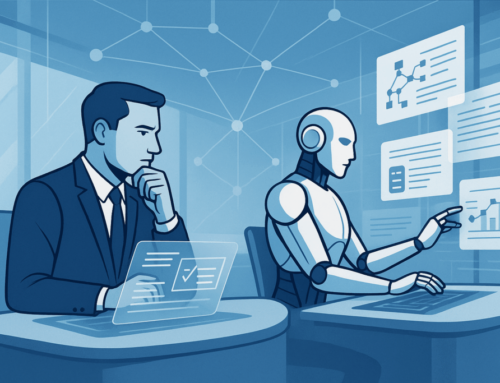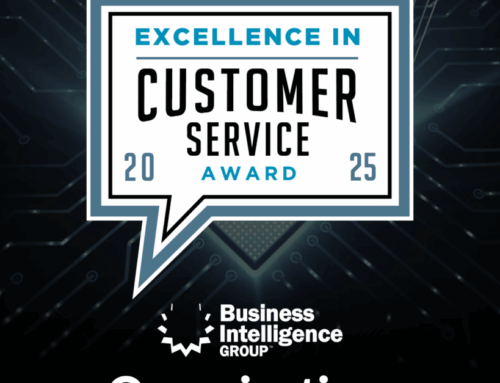With the rise of AI and our ability to collect increasingly more data about consumers, it’s important that we keep human-centered design at the forefront to improve engagement with consumers. But how? Many enterprise-level companies, even those with mature digital marketing strategies, are challenged with putting their data into action.
In order to bridge the gap, you need to rethink how your data and data science models are being structured and consider your data analytics capabilities. By applying human-centered design, you should be able to use your data to output a deliverable that will allow machine learning to predict consumer behavior. Such predictions would include real-time behavioral shifts that machine learning should pick up on when someone has shifted from one journey to another.
Go beyond customer research
Human-centered design is really about designing user experiences that meet the specific needs of your customer. With the right information, you can guide your UX and CX to a more engaging design. Personalization is also a part of the experience that can be applied throughout their customer journey if you are collecting and using data effectively.
To provide rewarding customer design, it’s time to dig a little deeper into how you are approaching data segmentation beyond customer research and persona building. For example, perhaps your product consumer is someone who is a DIY person who is a bit more price conscious, versus another person who is more interested in a premium, top-of-the-line product. That kind of preference data goes beyond the macro approach of doing the journey research and using that to guide your UX design.
Human behavior is not standardized
In the example, if you stick to designing for the persona only, you’ll miss out on providing a great experience for the person shopping based on preference. On the other hand, if you design only based on preference, your customer experience won’t target those who fit into your persona buckets.
We all also know that just because someone is price conscious, there may be circumstances that cause them to shift their behavior. So, all of a sudden, the person in our example is taking a different path than someone who is just purely looking for the best deal. This is where you have to evolve your design to be more data-driven in order to be human-centered. You have to be able to adjust for a mindset shift and align your data collection and taxonomy strategy to account for real-time audience learning opportunities. Setting up alerts when data suggests a change of experience preference of increased likelihood to convert, to help inform personalized UX strategy during key journey touchpoints.
By aligning your data structure, segmentation and advanced analytics models to key journey touchpoints, not only can you apply your audience learnings to human-centered UX design, you also build up foundational data to enable machine learning capabilities delivering next best actions unique by persona, journey touchpoints, and audience motivation.
Perficient helps companies with project like this every day. Contact us to learn more.





Leave A Comment